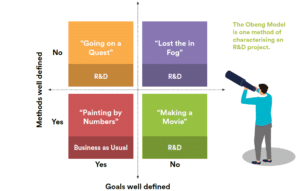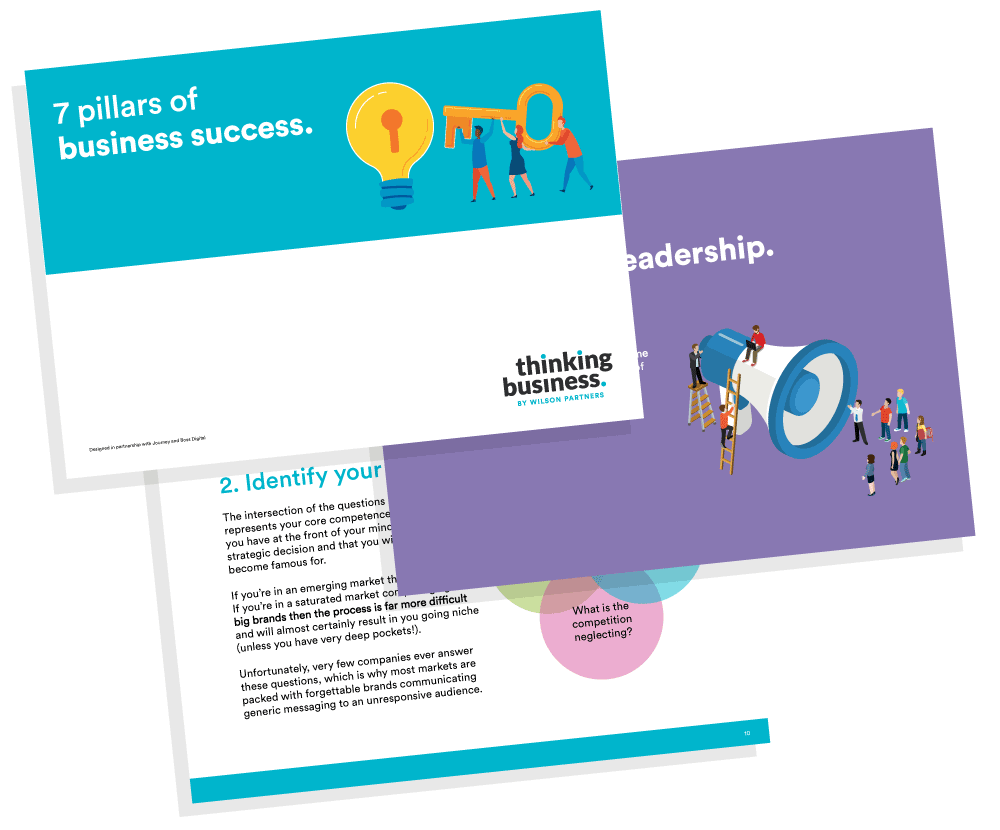
What is R&D?
To enable R&D professionals to be further educated on HMRC’s guidance around R&D tax reliefs, Wilson Partners produced the Learn R&D series.
We believe that spreading awareness of HMRC’S BEIS guidelines can help R&D professional sustain innovation, pursue development and advise their employers to invest in R&D projects that could potentially recover part of its costs and consequently extend the boundaries of science and/or technology in their prospective fields.
With HMRC redoubling their efforts to prevent fraudulent claims trough increased scrutiny over a wide range of applications, we hope that by educating R&D experts on the laws governing their profession, we can help to significantly improve the quality of technical reporting, allow businesses to avoid falling for false R&D tax credits marketing campaigns, and give businesses undertaking qualifying R&D activities the chance to apply for R&D tax incentives whilst continuing with their genuine innovation.
The Learn R&D by Wilson Partners series explores, explains, and highlights the main differences and similarities between R&D principles from a technical and a legislative standpoint.
So, what is R&D? Technically, Research and Development (R&D) refers to the process of seeking knowledge, developing products of technologies through systematic investigation or experimentation. R&D activities can be carried out by organisations, government bodies, or academic institutions with the aim of advancing knowledge and developing new products, services, or processes.
There are several distinctive characteristics which describe R&D projects, namely, the level of uncertainties being resolved, the R&D team’s technical skills, the funding source, the project’s stakeholders, and organisational R&D strategy.
Our Innovation Tax team is made up of highly talented individuals who are passionate about supporting clients to maximise their R&D funds in their pursuit of innovation through research and development with specialised knowledge around innovation tax. The team’s experience in this area combined with their ease of understanding clients’ requirements, and their ability to explain the complex definition of R&D gives you the edge to take your innovation to the next level.

There are multiple examples of projects from various industries which meet Obeng’s criteria, for instance, a “Going on a Quest” project can generally include new product development projects where a business would know what they are looking to achieve but they wouldn’t know how to achieve it. Mobile application development can be classified as a “Making a Movie” project as there are potentially unlimited ways in which programming languages can be used to develop new and innovative applications using the same principles. Examples of a “Lost in the Fog” project include organisational change projects, or in some cases, academic projects where neither the end-goal nor the methods to achieve it are well defined prior to undertaking the work.
It is also worth mentioning that a R&D project can change from one phase to another. For example, a software developer initially thought that commonly available knowledge was sufficient to develop a new mobile application with several features and started a “Making a Movie” project, however, half way through the R&D, the team had to further explore new methodologies to solve challenges that they did or didn’t anticipate, making the project a “Going on a Quest” project as then, it was clear what the end goal was, however, it wasn’t clear how to get to it.
In general, if either the goal or the methods to achieve that goal could not be defined prior to undertaking the work, a project would have an element of R&D in it.
From a legislative overview, R&D for tax purposes takes place “when a project seeks to achieve an advance in science and technology. The activities which directly contribute to achieving this advance in science or technology, through the resolution of scientific or technological uncertainty are considered R&D. Certain qualifying indirect activities related to the R&D project are also R&D. Activities other than qualifying indirect activities which do not directly contribute to the resolution of the project’s scientific or technological uncertainty are not R&D”.
In essence, in the context of science and technology, the technical and legislative R&D definitions share a lot of similarities. Looking into Obeng’s model, the “Going on a Quest”, “Lost in the Fog” and in some cases “Making a Movie” projects can have scope to be eligible for R&D tax credits as long as the unknown element is related to science and technology.
J. Billingsley, “Research & Development Project Management Workbook”, Learning & Development IMechE, 2022
Event
Webinar – Changes to the UK Trust Registration Service, May ’22
A short webinar and Q&A session with our Trust specialists Jodie Green and Sara Pedrotti. You can view the video and download the presentation here.

Download our free guide to the 7 pillars of business success
Read our free guide what you need to focus on to help you make better decisions and achieve your goals quicker.
Please complete our form to download the guide.
Sign up to receive alerts
Call us on 01628 770 770 for a no-obligation chat
You may also be interested in...
Meet the team in 90 seconds – Lesley Kibble
Introduce yourself Hi, I'm Lesley, outside of work I love to travel with my partner Lee and visit new places. I recently returned from Krakow, Poland…
Seeking investment: Getting your business fit for investment
Get your house in order before seeking finance, and you may not need it! Before looking for capital from external sources, it is paramount to ensure…
Meet the team in 90 seconds – Tom Bradbury
Introduce yourself Hi, I'm Tom and I am a Director in the Corporate Finance Team here at Wilson Partners. I started my career and did my training…




